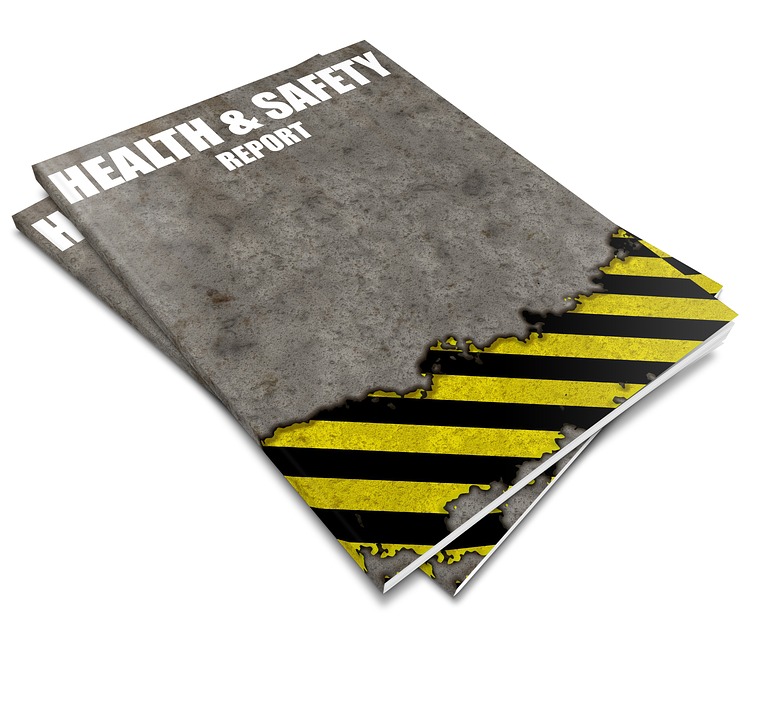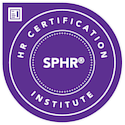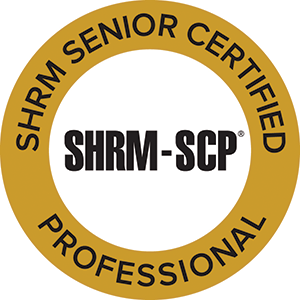Protecting the health and safety of employees, not just during a crisis but at all times, is a key responsibility of business leaders in both for-profit and nonprofit environments. This means putting practices in place to protect both the physical health and safety of employees, as well as their emotional and mental health.
Tune in to my recent “Inspired Nonprofit Leadership” podcast with Mary Hiland, PhD, president of Hiland Consulting, to learn some tips and best practices for keeping your employees safe and healthy.
Mary Hiland created Inspired Nonprofit Leadership to provide nonprofit leaders with information, inspiration, and encouragement so they can be even more effective. Throughout the series, guest experts and nonprofit leaders share insights, useful strategies and lessons learned.
I was thrilled to have the opportunity to share my experience as an HR leader and consultant with her listeners.
I hope you’ll tune in.



 The disasters that have played out far and near over the past few months should be a big wake up call to businesses and individuals alike – YOU NEED TO BE PREPARED. Every individual should have an emergency kit for their home and car, and every business should have an Emergency Action Plan. In California, every employer with 10 or more employees is also required by the state to have an effective
The disasters that have played out far and near over the past few months should be a big wake up call to businesses and individuals alike – YOU NEED TO BE PREPARED. Every individual should have an emergency kit for their home and car, and every business should have an Emergency Action Plan. In California, every employer with 10 or more employees is also required by the state to have an effective 
